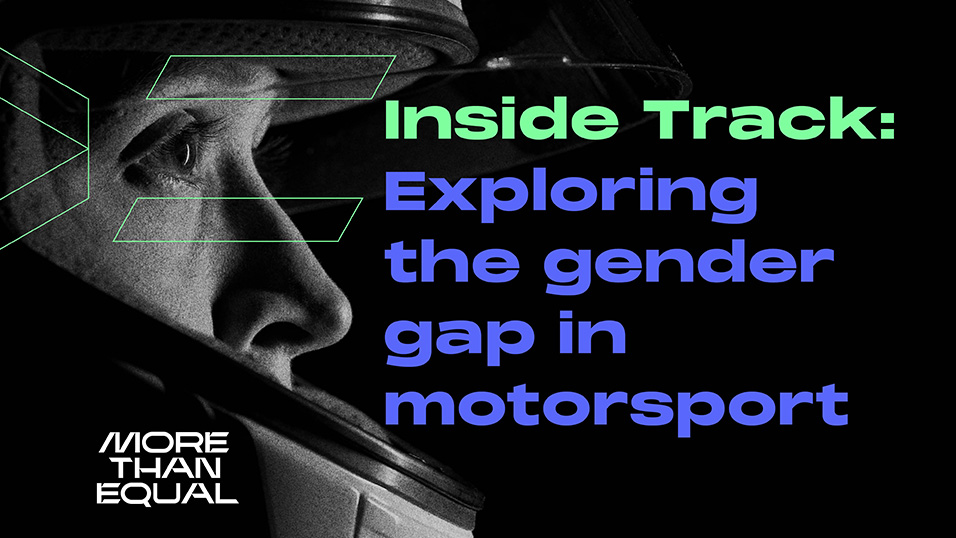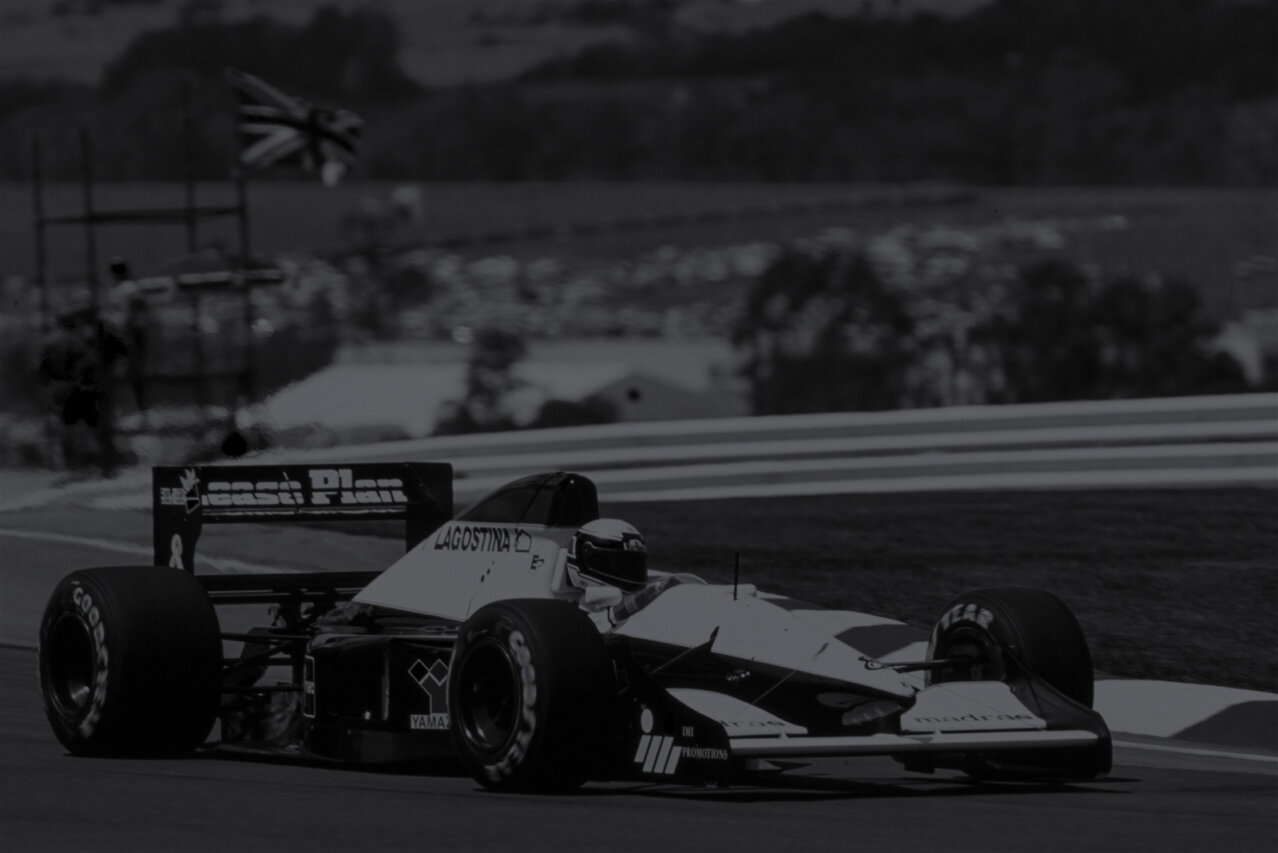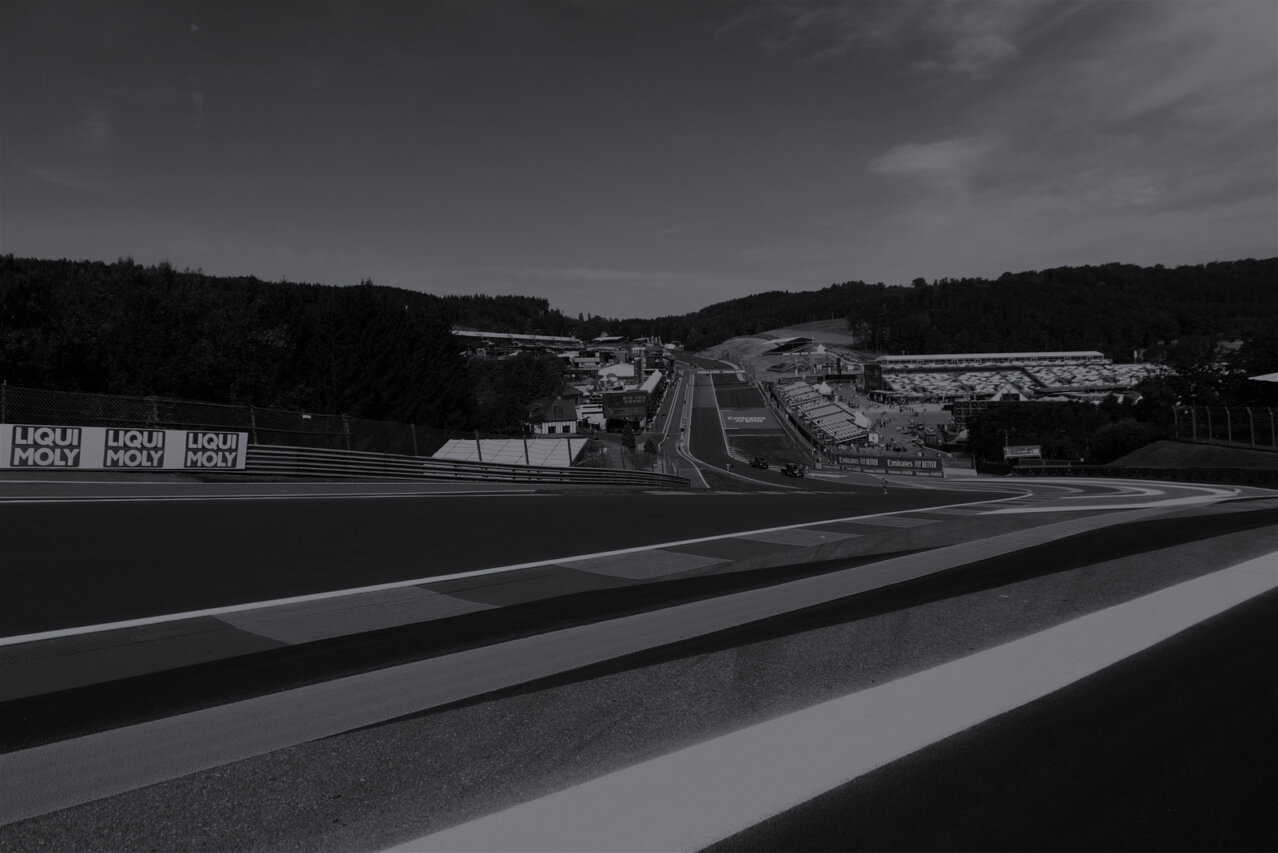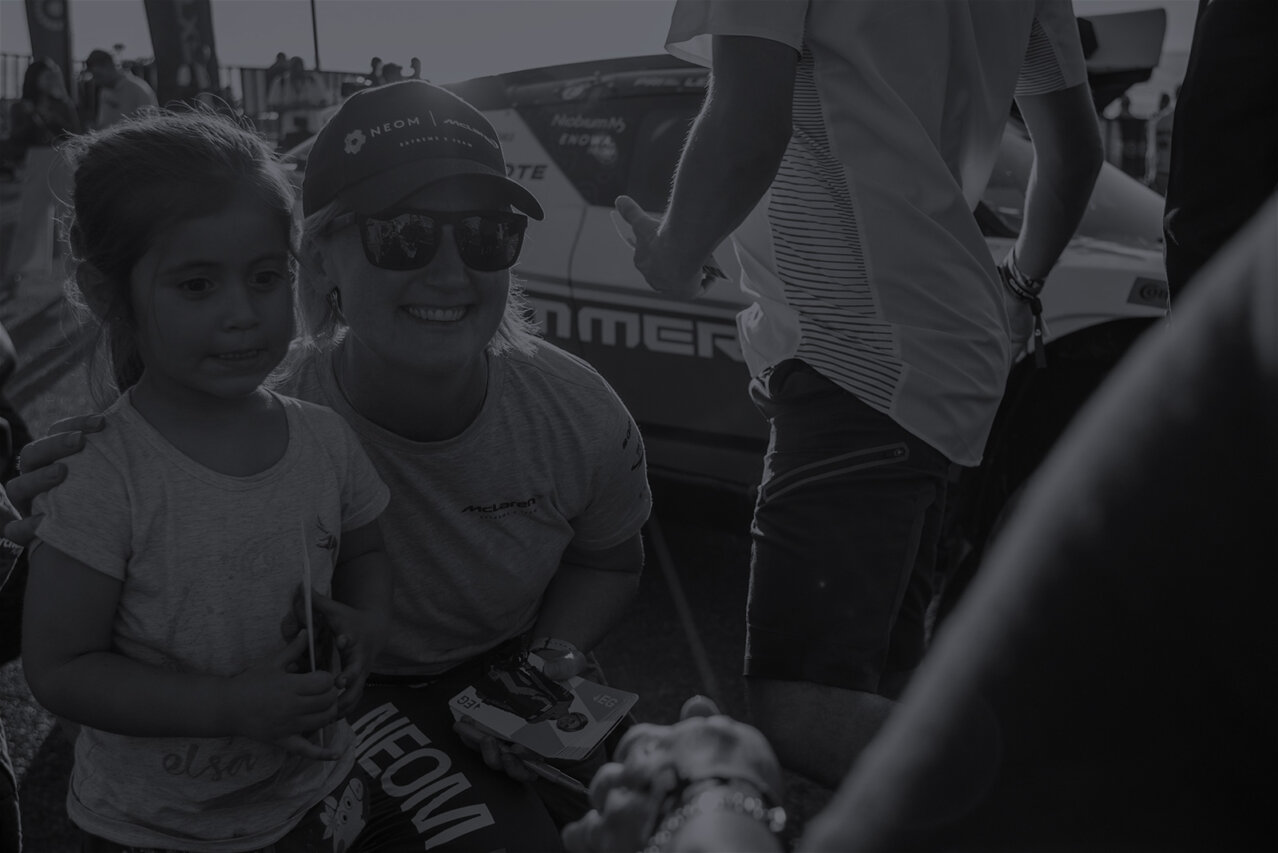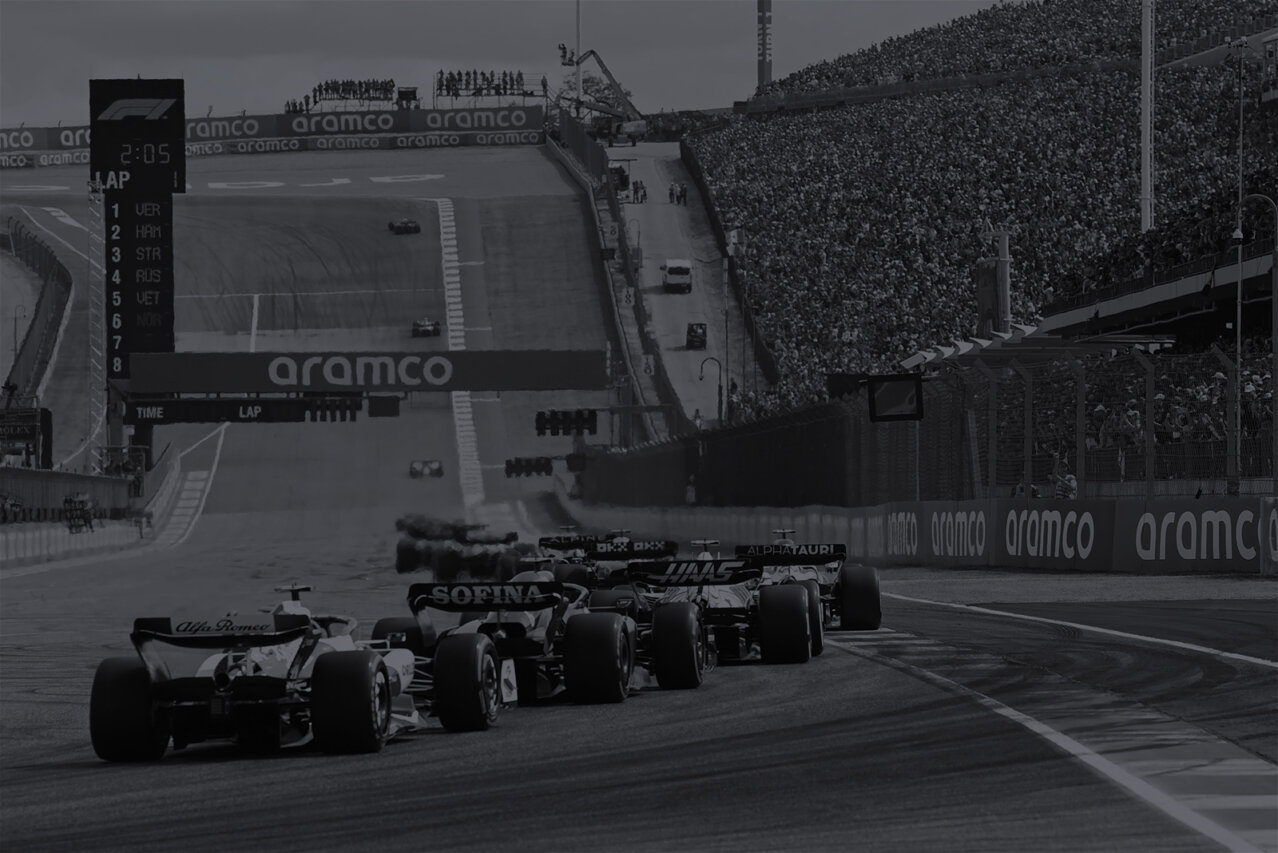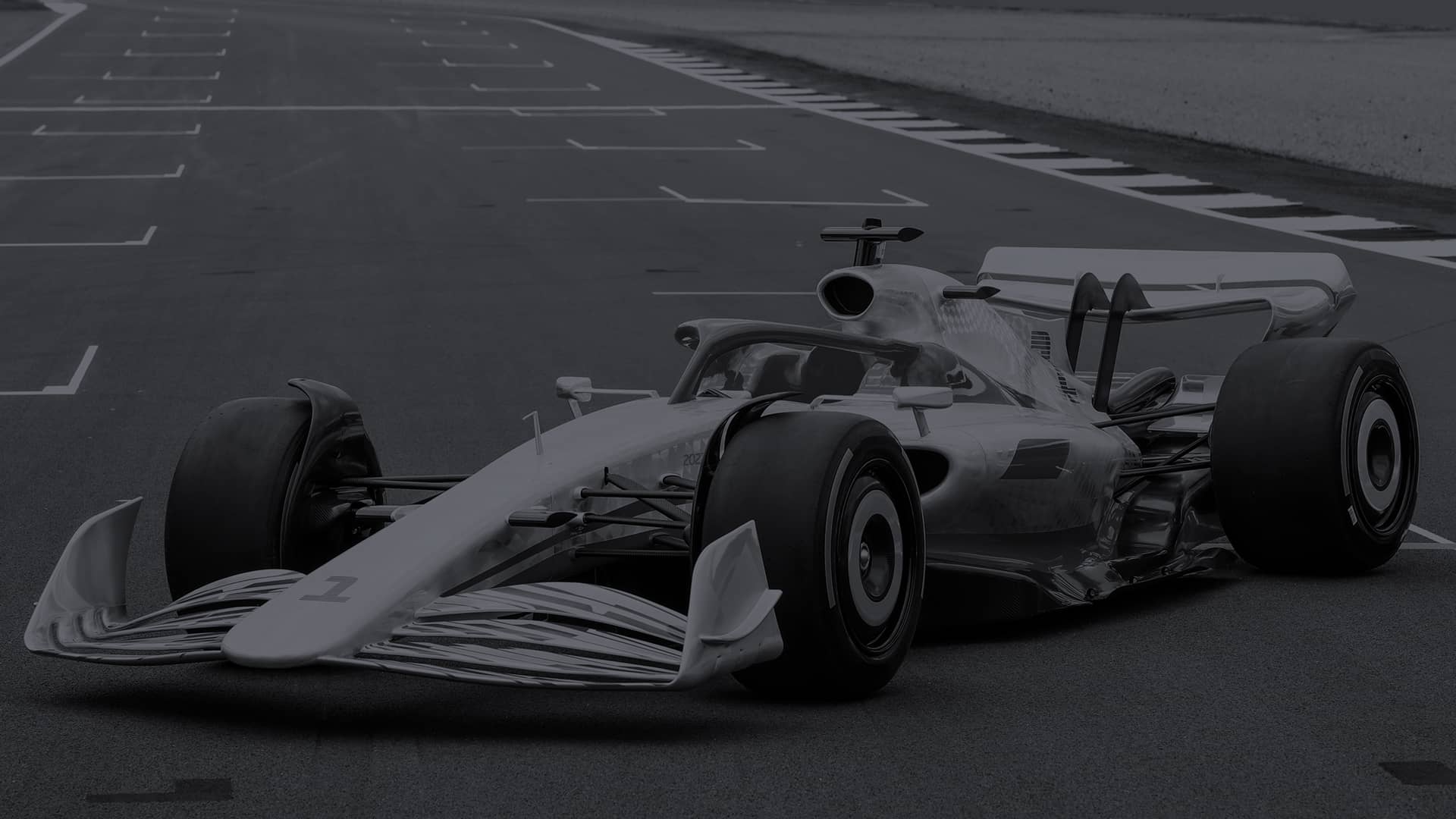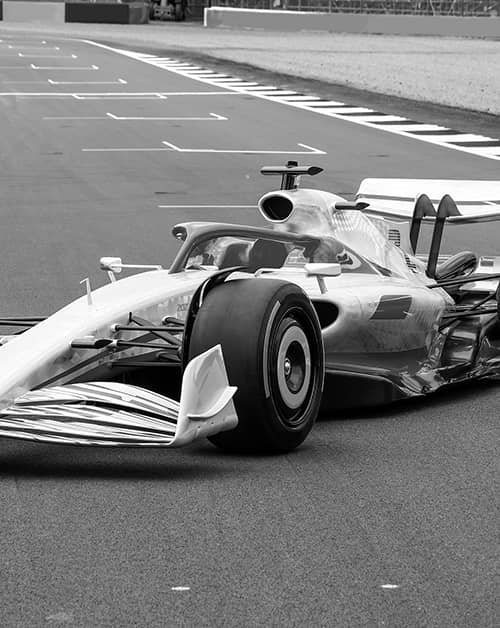

Global participation of women and girls
Analysing the numbers relating to female participation and performance in global motorsport has proved a significant challenge.
Unlike most other major sports, data on participation by gender is not centrally collected. This is surprising given the history, size and global prominence of motorsport.
The reality of female participation
The results highlight two key themes which we will explore further below.
The gender participation gap
Participation of women and girls in motorsport at all levels is depressingly low.
It currently represents on average 7-13% across all categories of competition, with the highest in karting – a format that contributes 40% of all females in motorsport.
We need to better understand why there is such a significant drop off after just a few years and find ways to keep women and girls participating for longer. Recruitment efforts are important, but retention is even more so.
The gender performance gap
Even as those participants continue to compete, they are not progressing at the same rate into the top talent rankings, where female drivers represent a tiny percentage – currently just 4%.
Based on the current numbers, without significant intervention, the chances of a woman ever reaching the top is incredibly small.
The current chances of female drivers reaching the top
As things stand, the chance of getting a woman onto the F1 podium, without significant intervention and support, is incredibly small.

